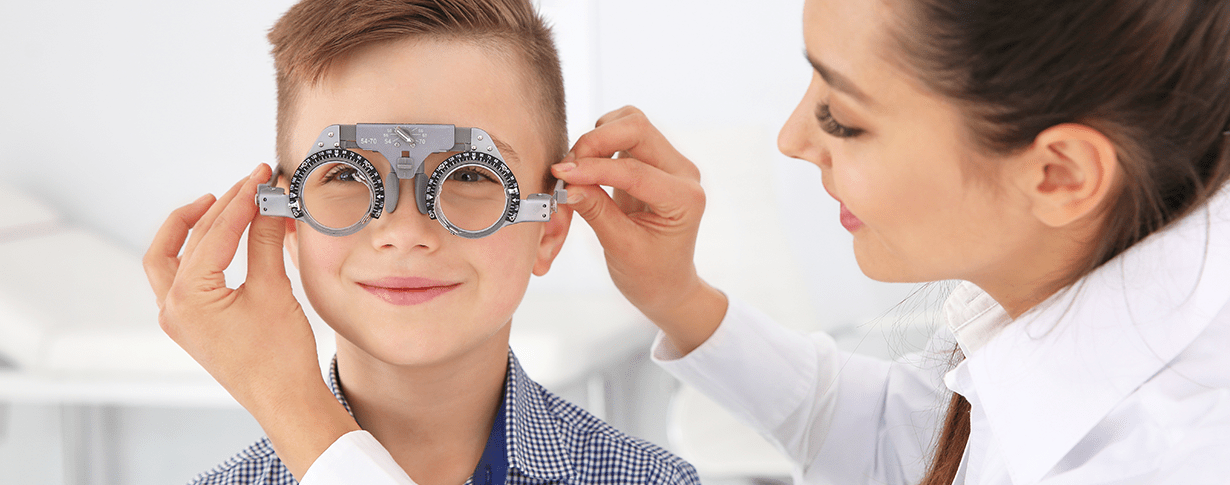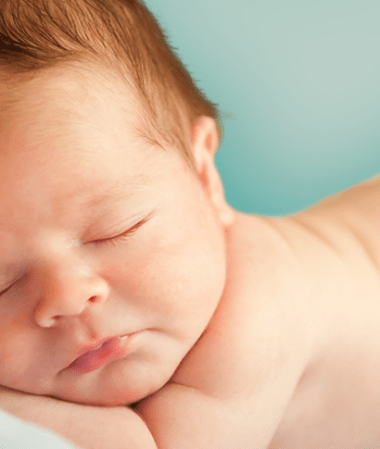Eye Examination in Children
EYE DISORDER-STRAISY
The sense of sight does not complete its development in the womb, it starts to develop rapidly from the moment we are born. The fastest and most important development happens in the first 3 years. This is the first 3 years of age, which is the source of the vision problems that we detect especially at the age of starting school.
There are 3 main factors that impair vision development in this period:
- High-grade eye disorder: Almost every child is hyperopic at birth. Hyperopia is due to the eyeball not reaching its full adult size yet. 3-4 diopters of hyperopia is considered normal. If it is above 4 degrees, precautions should be taken as there will be a risk of lazy eye and strabismus.
- Difference in eye degrees between the two eyes (anisometropia): If there is a difference of 2 or more between the degrees of the two eyes detected during the examination, precautions must be taken.
- Strabismus (strabismus): In newborn babies, the eye movement control mechanism of the brain may not be fully developed and short-term strabismus may be observed. In this case, you should not be alarmed. However, if a continuous shift is noticed, it is important to consult an ophthalmologist immediately.
EYE WATERING
Another common finding in infants is watering of the eyes. It starts around the second week and is usually unilateral. Without any external stimulus, eye watering and sometimes burr accumulation is seen. The reason for this situation is that the tear ducts that drain the tears into the nose have not completed their development. The canal opens spontaneously in the first 9 months in 75% of babies. In unopened cases, it is necessary to open the clogged canal with a small intervention before the age of 1 year. Otherwise, the baby will have to undergo a much more severe operation at a later age.
Congenital Cataract
Sometimes, infants may have cataracts, depending on the diseases the mother had during pregnancy and the medications she took. Those who have a level that may adversely affect vision development should be operated as soon as possible. If time passes, lazy eye is inevitable that cannot be corrected in the future.
Congenital glaucoma (high eye pressure)
In this disease, which attracts attention with the unusually large colored part of the eye and/or loss of transparency, dulling and even whitening of the corneal tissue, high eye pressure causes permanent damage to the optic nerve. These babies also need to be operated without losing any time and their eye pressure should be lowered. Otherwise, permanent vision loss will develop.
PREMATURE RETINOPATHY
Babies with a birth weight of less than 1500 g due to preterm birth and receiving oxygen therapy in an incubator are in the risk group. The development of retinal vascular structure should be monitored by performing fundus examinations every 5-6 days immediately after birth. If the necessary precautions are not taken in these babies, permanent and irreversible damage will occur in the retina.
INTRA Ocular TUMORS
Many times parents feel an abnormality in one or, more rarely, both eyes, when they are unable to see the red reflection in the pupil when taking flash photos of their babies. If this tumor, which we call retinoblastoma, originates from the retina, is diagnosed early, both the eye and the baby’s life can be saved. In advanced stages, it appears as a white mass behind the pupil.
Because of all these situations, babies should be brought to routine and regular eye examinations. Unless our Family or Pediatric Specialist friends suspect a disease and direct them, the first examination should be done between 9-12 months, then follow-up examinations should be performed at the end of each age until school age.
The ability of your child to have a healthy vision throughout his life depends on identifying the problems in infancy and taking the necessary precautions.







